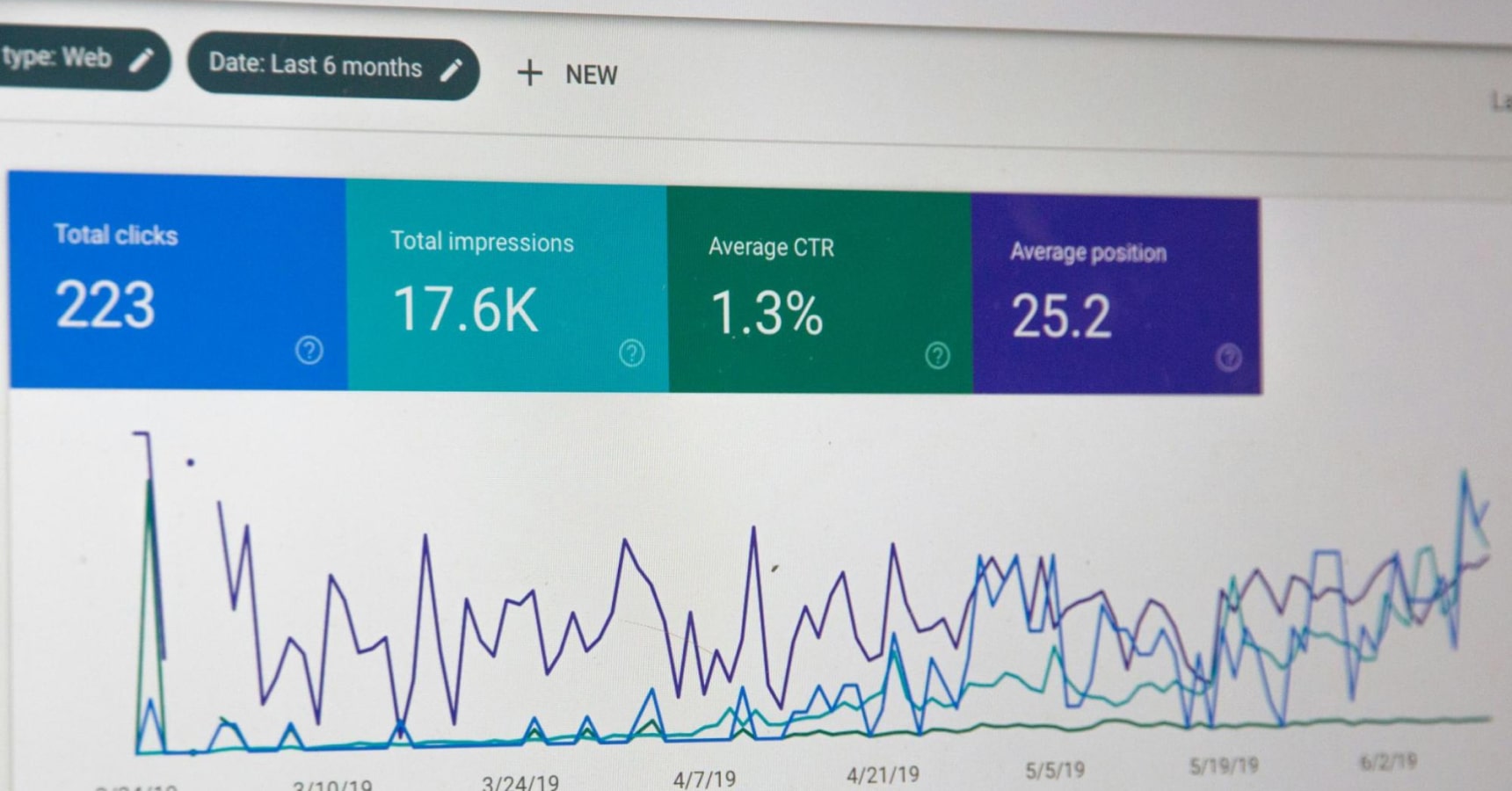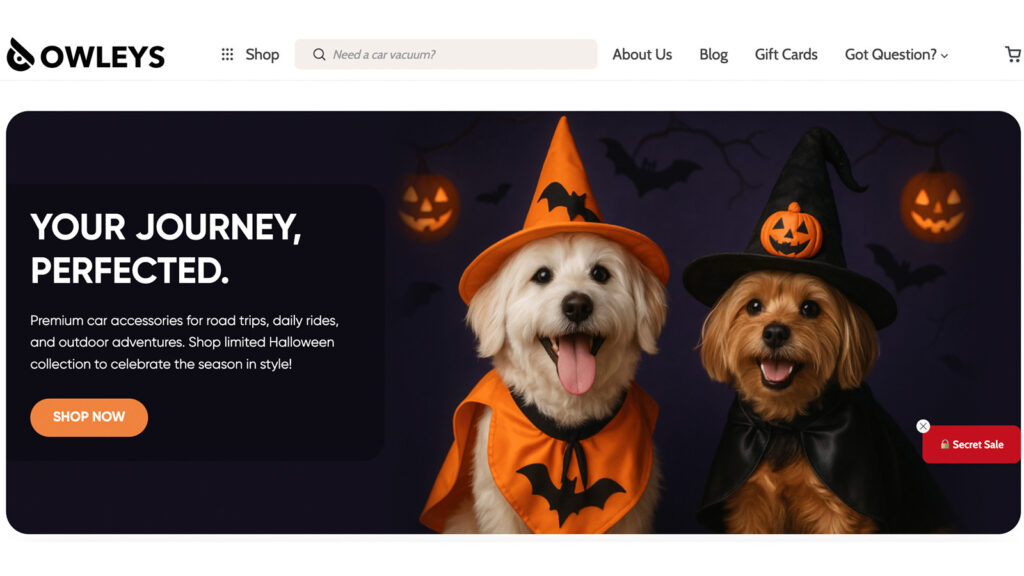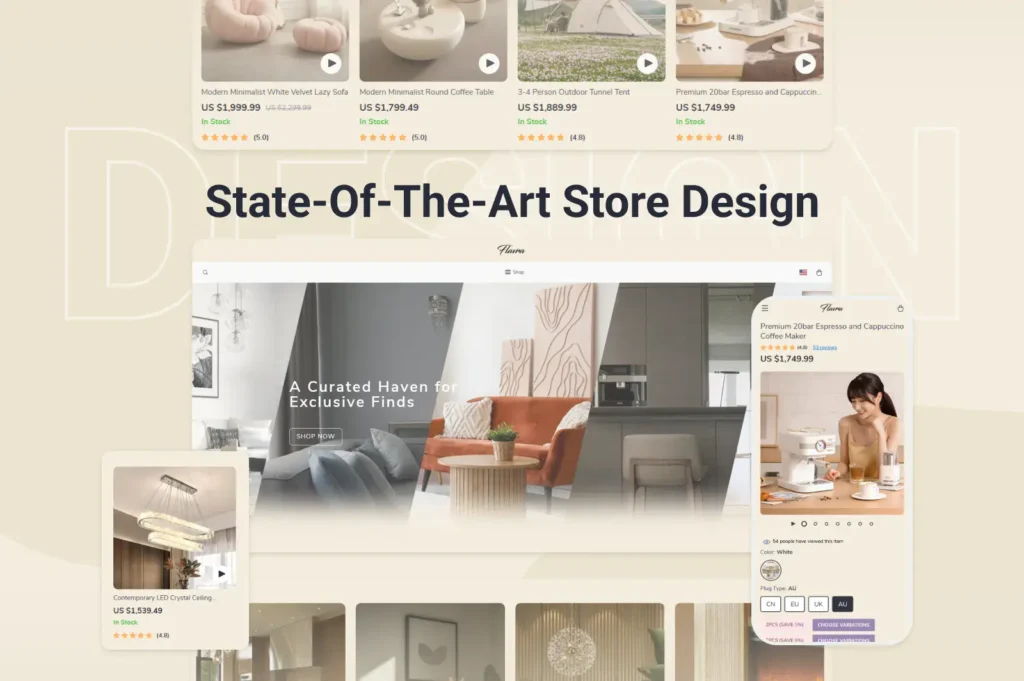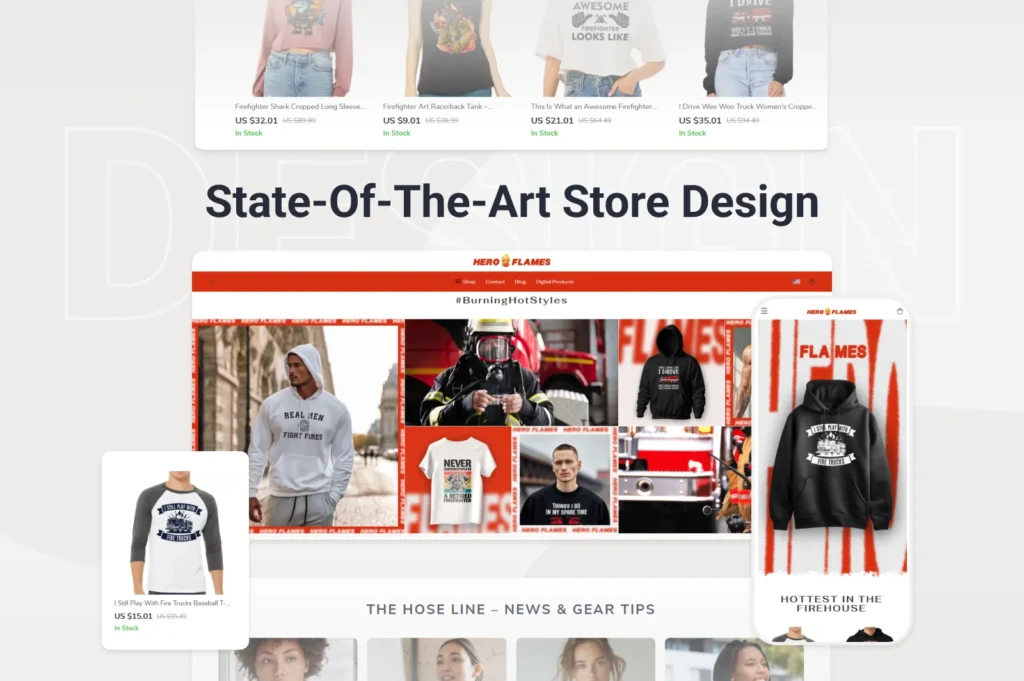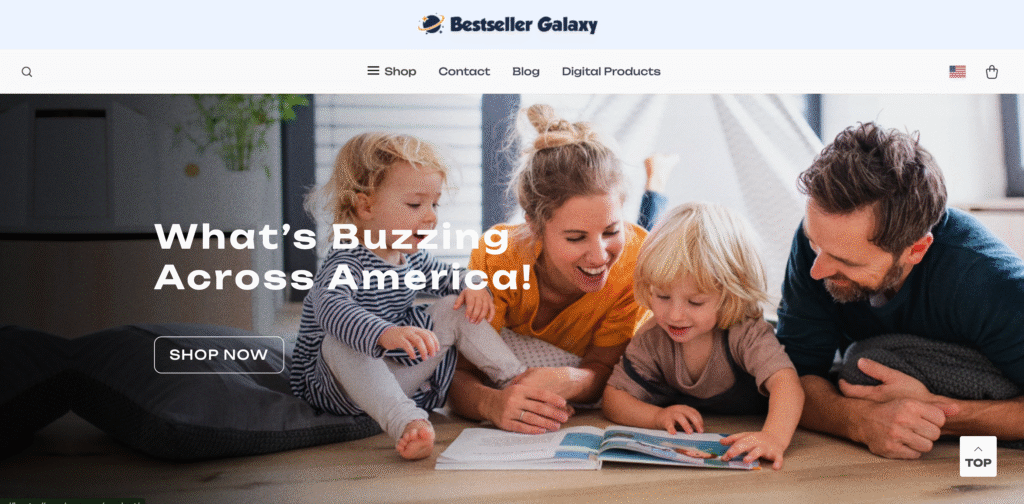In Part 1 of this guide, we covered the essentials:
- What email marketing really is ( and how it differs from spam)
- What it’s used for — from warming up cold leads to boosting repeat sales
- The pros and cons you should know before diving in
- The five main types of emails (commercial, content, trigger, reactivational, and service)
That was the foundation. Now it’s time to get practical. In this part, we’ll go through:
- How to build your subscriber base (even from zero)
- Creating a winning strategy step by step
- Measuring success with the right metrics
- And of course, wrapping it up with our take on where to start
By the end of this part, you’ll have a clear roadmap to turn theory into results.
Five ways to build a subscriber base
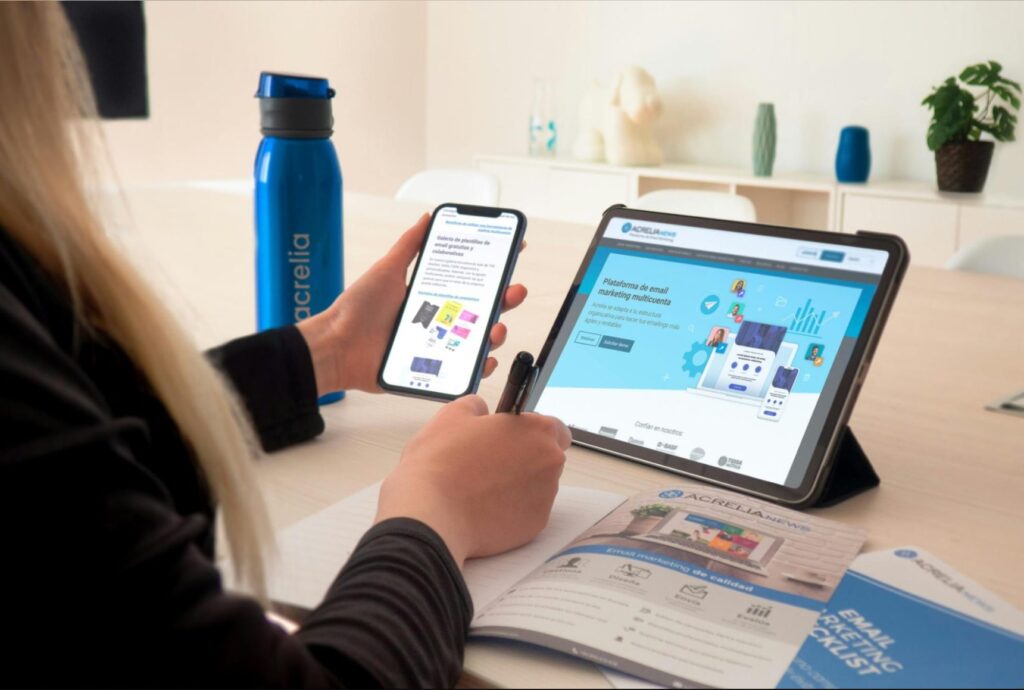
No subscribers = no email marketing. It really is that simple. The good news is that there are plenty of smart and ethical ways to grow your list. Here are five proven methods we use and recommend:
1. Lead magnets
People rarely give away their email “just because.” They need a reason. That’s where lead magnets come in: things like free guides, checklists, discount codes, or small digital perks. The golden rule here is: make it genuinely useful. If your lead magnet feels like fluff, subscribers will sign up once and then disappear. But if it solves a real problem, they’ll look forward to your next message.
2. Your website
Your site is your home base, so use it to collect addresses. Place sign- up forms in multiple places: at the top of the page, in the footer, or as an exit-intent pop-up.
The key is balance: forms should be easy to spot but not intrusive. If your pop- up jumps out five seconds after someone lands on your page or follows them around endlessly, you’ll annoy more people than you’ll convert. Test a few placements, track which ones convert best, and stick to what feels natural for your visitors.
3. Social media & blogs
Your social channels and blog are excellent tools for funneling people into your email list. End your posts or articles with a gentle nudge: “Want more tips like this? Subscribe to our newsletter.” Social media gives you reach, email gives you depth — make sure one leads into the other.
4. Offline events
Don’t underestimate the power of real-world touchpoints. Trade shows or small community meetups are great opportunities to collect emails. A simple QR code on a flyer can turn face-to-face connections into long-term subscribers.
5. Online chat & chatbots
If you’re using live chat or chatbots on your website, make them work double-duty. Besides answering questions, they can also invite visitors to subscribe for updates, offers, or useful content.
But just like forms, make sure you don’t overdo it. If your chat bot asks for an email after every single message, people will bounce. Keep it polite and relevant so that the invitation feels like a natural part of the conversation.
A quick word of caution
It’s tempting to take a shortcut by buying an email list and blasting out messages to thousands of strangers. Don’t do it. Not only is this risky (you can get your account banned for spamming non-consenting addresses), it’s also wasteful. Most of those people will delete your emails without opening them, and you’ll burn through potential customers before they ever have a chance to discover your brand naturally.
It’s better to grow slowly and steadily. A smaller list of engaged, interested subscribers will always outperform a huge list of random, uninterested ones.
Creating a strategy for email marketing

Good email campaigns don’t happen by accident. A clear strategy makes everything easier: it keeps your tone consistent, ensures you don’t spam your audience, and helps you steadily move toward results instead of sending random messages and hoping for the best. Here’s how to build one step by step:
1. Set clear goals
The first step is always knowing what you want to achieve. Do you want to grow your subscriber list by 500 people this quarter? Increase repeat purchases by 10%? Reduce cart abandonment by half?
The more specific your goals, the better. Also, make sure they match the size and maturity of your store — small shops and large operations play on different levels. And if you’re not sure where to start, don’t hesitate to reach out to Offiro experts. We’ll help you set goals that are realistic and ambitious enough to move the needle.
2. Analyze your target audience
No strategy works without knowing your audience. Who are they? What do they want? What are they willing to pay for, and what would they gladly take for free? Do they prefer short, snappy emails or long, story-driven ones? The more you know, the more you can speak their language — and the less your emails feel like unwanted noise.
3. Check what competitors are doing
Take a look at the inbox battlefield. How often do other brands in your niche send emails? What kind of subjects catch attention? Do they use humor, authority, or a personal tone of voice?
Studying competitors doesn’t mean copying them — it means learning the “rules of the game” and then figuring out how you can stand out.
4. Make a content plan
Now it’s time to plan what you’ll actually send. Revisit the five types of emails from Part 1 (commercial, content, triggers, reactivational, and service). Decide which mix fits your goals. Try different formats, track what works, and keep experimenting.
Also remember: audiences are rarely one-size-fits-all. Segment your subscribers into groups — new leads, loyal customers, inactive users — and make sure your content plan includes something for each.
5. Design your emails
Don’t worry if you don’t have a polished corporate style at the beginning. You’ll develop your brand look as you go. What matters most is that your emails are clear, attractive, and easy to read. Always include key details about your store, and never forget the unsubscribe button (not only is it polite, it’s the law).
Pro tip: keep emails light. Avoid attaching files unless absolutely necessary — links are safer, faster, and more user-friendly.
6. Analyze results and adapt
A strategy isn’t something you write once and forget about. It’s a living system. Track your results (we’ll cover the key metrics in the next section) and adapt constantly. If something works, double down. If something falls flat, test a new approach before it drags you down. The best strategies are proactive, not reactive.
Measuring the effect of your strategy and key metrics to track
No matter which tool you use — Mailchimp, Klaviyo, or Sellvia’s built- in features — tracking email marketing results is usually pretty straightforward. Most platforms give you a dashboard where the numbers are updated in real time. The key is knowing which metrics matter and how to read them.
Here are the ones you’ll see most often ( and the ones we recommend focusing on):
1. Delivery Rate (DR)
- What it is: The percentage of emails successfully delivered to recipients’ inboxes.
- Optimal value: Above 95%. If it drops below 80%, your account may get flagged or even blocked.
- How to calculate:
DR = Delivered Emails / Sent Emails × 100%
Tips: Keep your subscriber list clean. Delete inactive, fake, or misspelled addresses regularly. A healthy list means better deliverability.
2. Bounce Rate (BR)
- What it is: The percentage of emails that couldn’t be delivered.
- Optimal value: Between 2%–5%.
- Types:
- Soft bounce — temporary issues (inbox full, email too large, or flagged as spam). Usually nothing to worry about if they stay within normal limits.
- Hard bounce — permanent issues (nonexistent or incorrect address). These should never be ignored.
- How to calculate:
BR = Bounced Emails / Sent Emails × 100%
Tips: Make sure to use double opt- in so subscribers confirm their email, keep your lists healthy by removing inactive users. Avoid sending large attachments and keep your emails light.
3. Open Rate (OR)
- What it is: The percentage of people who actually opened your email.
- Optimal value: Around 30% ( though it can vary by niche).
- How to calculate: OR = Opened Emails / Delivered Emails × 100%
Tips: OR used to be the “king metric,” but it’s becoming less reliable (thanks to Apple’s Mail Privacy Protection and similar tools). It’s still useful, but focus more on CTR for a real picture of engagement.
4. Clickthrough Rate (CTR)
- What it is: The percentage of recipients who clicked a link inside your email.
- Optimal value: Around 6%.
- How to calculate: CTR = Clicks / Delivered Emails × 100%
Tips: OR only shows who opened the email, while CTR shows who actually engaged with it. That’s why CTR is now considered the more important metric. To improve CTR, keep CTAs clear and limited. One strong button often works better than five scattered links.
5. Conversion Rate (CR)
- What it is: The percentage of recipients who not only clicked but also completed the desired action (purchase, sign-up, download, etc.).
- Optimal value: Varies by niche, but higher is always better — even 2–3% can mean big revenue if your list is large.
- How to calculate: CR = Conversions / Delivered Emails × 100%
Tips: Align your email content with your landing page. If your email promises one thing but the page delivers another, your CR will suffer.
6. Unsubscribe Rate
- What it is: The percentage of people who choose to stop receiving your emails.
- Optimal value: Less than 1%.
- How to calculate: UR = Unsubscribes / Delivered Emails × 100%
Tips: Expect occasional spikes ( for example, during holidays or sales when inboxes overflow). That’s normal. But if your unsubscribe rate stays consistently above 1%, it’s time to adjust: send fewer emails, test new formats, or rethink your targeting.
Tracking these metrics gives you a full picture of your email performance — from basic deliverability to actual sales impact.

Wrapping it all up
Email marketing in 2025 is still one of the most powerful tools in your digital toolbox. Done right, it helps you attract leads, warm them up, win repeat sales, recover abandoned carts, and build loyalty that lasts.
But as we’ve seen, success takes more than just sending emails. You need a strategy, a healthy subscriber base, well-designed campaigns, and constant tracking of your results. That’s a lot to juggle on your own.
At Offiro, we know how to make email marketing work because we’ve already done it for dozens of stores. From building your first subscriber base to creating advanced campaigns that increase CLV and conversions, our team can step in and set you up for success.
